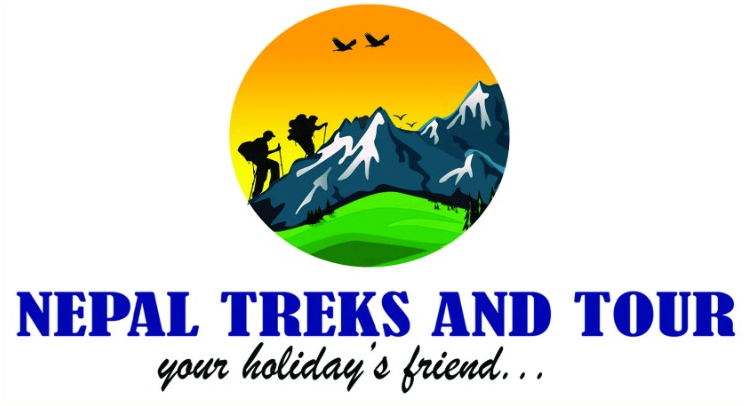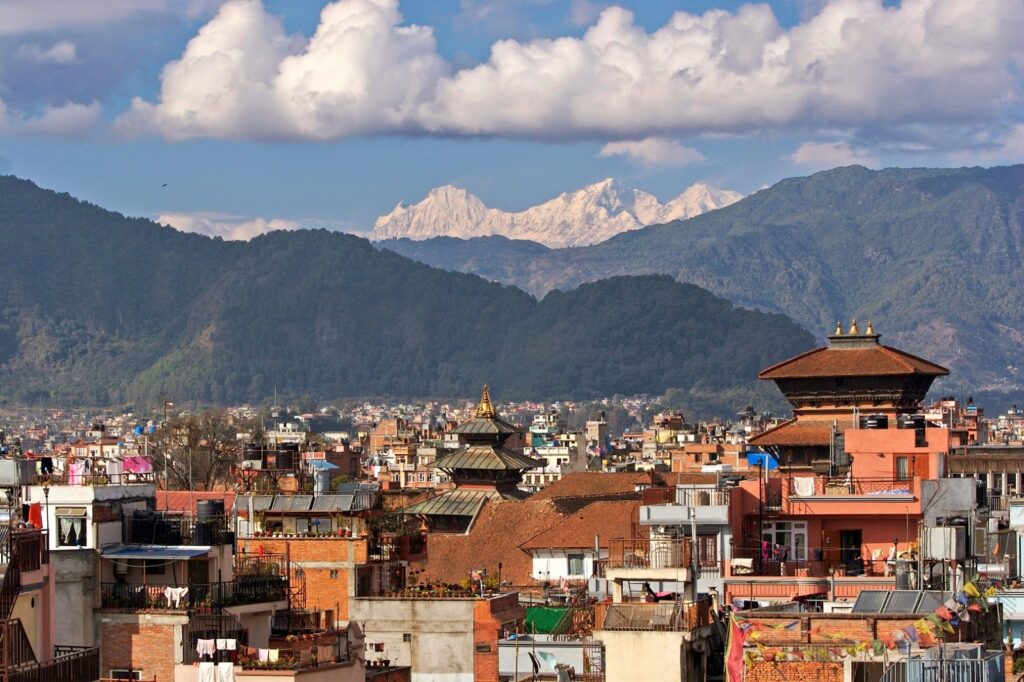Kathmandu, the vibrant capital of Nepal, is often called an open-air museum of history and culture. Home to seven UNESCO World Heritage Sites, the city is a treasure trove of ancient temples, royal palaces, sacred stupas, and bustling courtyards that narrate stories of dynasties, spirituality, and timeless traditions. Exploring the top historical places in Kathmandu offers travelers a rare chance to witness centuries-old Newari architecture, living cultural practices, and sacred rituals still performed today. From the grandeur of Kathmandu Durbar Square to the spiritual serenity of Swayambhunath and Boudhanath Stupas, and the deeply revered Pashupatinath Temple, each site reflects Nepal’s unique blend of Hinduism and Buddhism. Whether you’re a history enthusiast, cultural explorer, or spiritual seeker, Kathmandu’s heritage sites provide an unforgettable journey into the heart of Nepal’s civilization.
Table of Contents
ToggleWhy Visit Historical Places in Kathmandu?
Visiting the historical places in Kathmandu is not just about admiring old palaces and temples—it’s about stepping into a living museum where history, culture, and spirituality are woven into everyday life. The Kathmandu Valley has been a crossroads of civilizations for over 2,000 years, shaped by Hinduism, Buddhism, and the artistic brilliance of the Newar community.
Here are the key reasons travelers should explore Kathmandu’s heritage sites:
-
Cultural Immersion: Kathmandu’s historical landmarks—such as Durbar Squares, stupas, and temples—are still active spaces where locals worship, celebrate festivals, and continue age-old traditions. This makes every visit an authentic cultural experience.
-
UNESCO World Heritage Sites: The valley is home to seven UNESCO-listed sites, including Swayambhunath, Boudhanath, and Pashupatinath Temple. Each is globally recognized for its historical, architectural, and spiritual value.
-
Architectural Masterpieces: From intricately carved wooden windows in Bhaktapur to the golden spires of Patan, Kathmandu showcases some of the finest examples of Newari craftsmanship and medieval urban planning.
-
Spiritual Significance: Whether it’s watching the evening aarti at Pashupatinath or spinning prayer wheels at Boudhanath, these sites allow you to experience the deep spiritual roots of Nepal.
-
Living History: Unlike museums, these sites are not frozen in time. Rituals, festivals, and daily worship continue, offering visitors a glimpse of history in action.
-
Inspiration for Travelers: For photographers, historians, writers, and spiritual seekers, Kathmandu’s heritage sites provide endless inspiration and insight into Nepal’s cultural identity.
At Nepal Treks and Tour, we believe exploring these places is essential for anyone who wants to truly understand Nepal—not just as a travel destination, but as a country with a soul shaped by centuries of history.
Top Historical Places in Kathmandu
Kathmandu, the capital city of Nepal, is often called an open-air museum of history, culture, and spirituality. The valley is home to seven UNESCO World Heritage Sites, ancient palaces, courtyards, and centuries-old temples that narrate the rich story of Nepal’s civilization. For travelers who want to immerse themselves in the past, these top historical places in Kathmandu are unmissable:
1. Kathmandu Durbar Square
Located at the heart of the city, Kathmandu Durbar Square is a masterpiece of Newar architecture and culture. It once served as the royal palace for Malla kings and Shah rulers. The square is dotted with intricately carved wooden temples, statues, and courtyards such as Hanuman Dhoka, Kumari Ghar (home of the Living Goddess), and Taleju Temple.

2. Swayambhunath Stupa (Monkey Temple)
Perched on a hilltop, Swayambhunath is one of the oldest and most sacred Buddhist sites in Nepal. The iconic white dome topped with a golden spire and the all-seeing eyes of Buddha overlooks the valley. Both Hindus and Buddhists revere the stupa, making it a symbol of religious harmony.
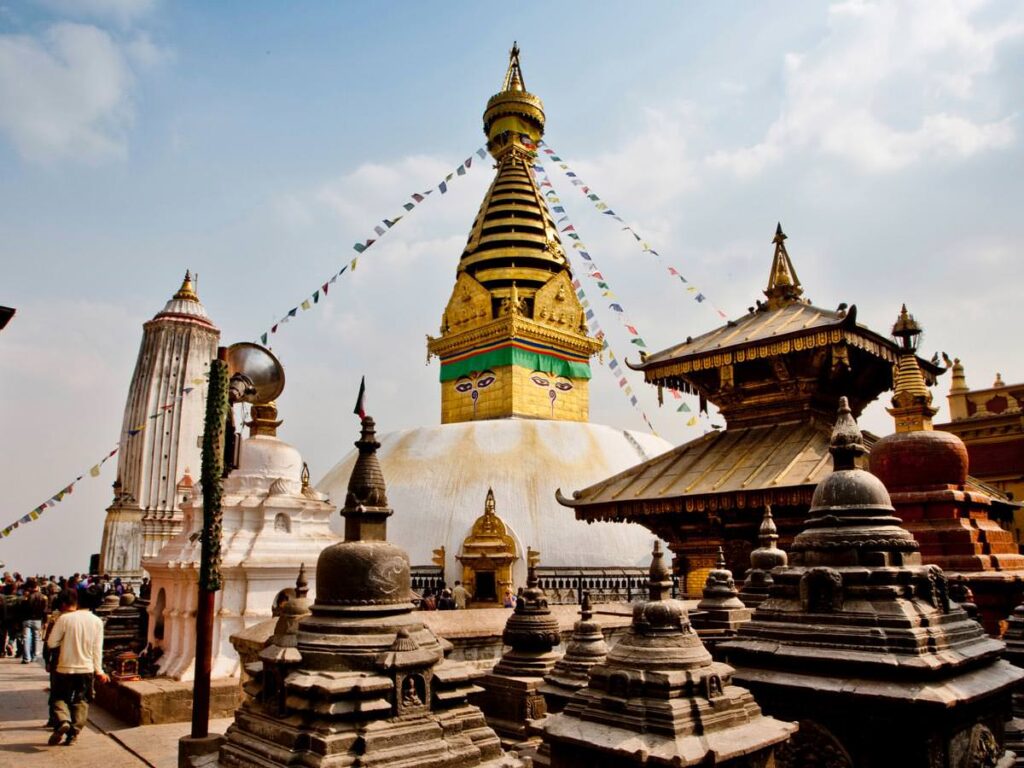
3. Pashupatinath Temple
A UNESCO World Heritage Site, Pashupatinath is the holiest Hindu temple dedicated to Lord Shiva. Located on the banks of the Bagmati River, the temple complex includes shrines, cremation ghats, and centuries-old sculptures. It is especially vibrant during the Maha Shivaratri festival when thousands of devotees gather.

4. Boudhanath Stupa
One of the largest spherical stupas in the world, Boudhanath is a spiritual hub for Tibetan Buddhism. Pilgrims walk around the stupa spinning prayer wheels while chanting mantras. Surrounded by monasteries, it is a peaceful escape from the city’s hustle and bustle.

5. Patan Durbar Square
Located just across the Bagmati River, Patan Durbar Square (Lalitpur) is famous for its fine artistry, bronze statues, and ancient temples. The Krishna Mandir, Hiranya Varna Mahavihar (Golden Temple), and the Patan Museum showcase the extraordinary craftsmanship of the Newar community.

6. Bhaktapur Durbar Square
Bhaktapur, also known as the “City of Devotees,” is renowned for its well-preserved medieval architecture. Highlights include the 55-Window Palace, Nyatapola Temple, and Vatsala Temple. Unlike other squares, Bhaktapur offers a living heritage experience with traditional pottery, festivals, and cultural practices.
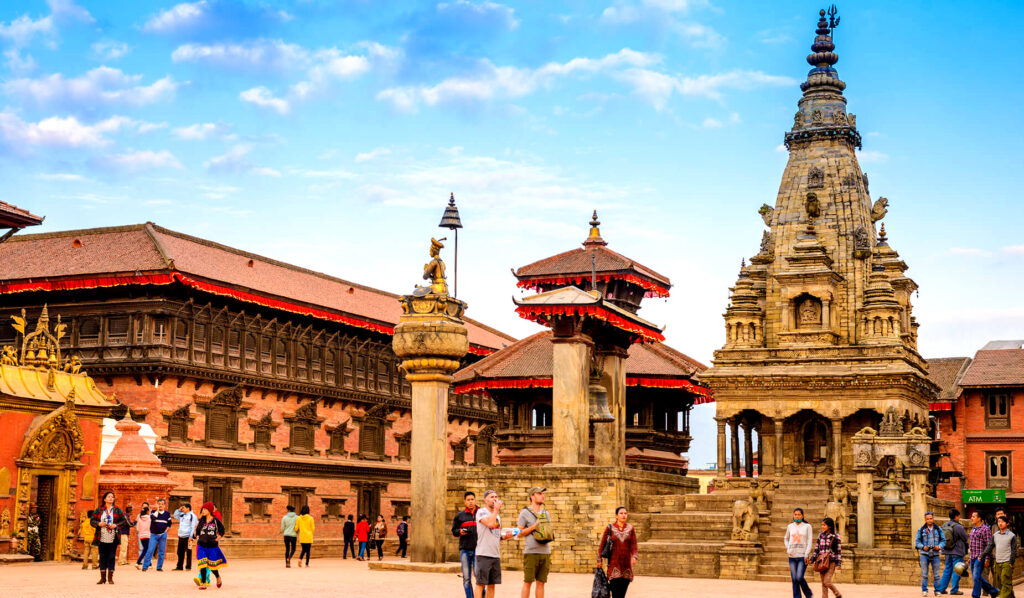
7. Changu Narayan Temple
Situated on a hilltop near Bhaktapur, Changu Narayan is the oldest Hindu temple in Nepal, dating back to the 4th century. Dedicated to Lord Vishnu, the temple is an outstanding example of stone, wood, and metal craftsmanship. It also houses ancient inscriptions that reflect Nepal’s early history.
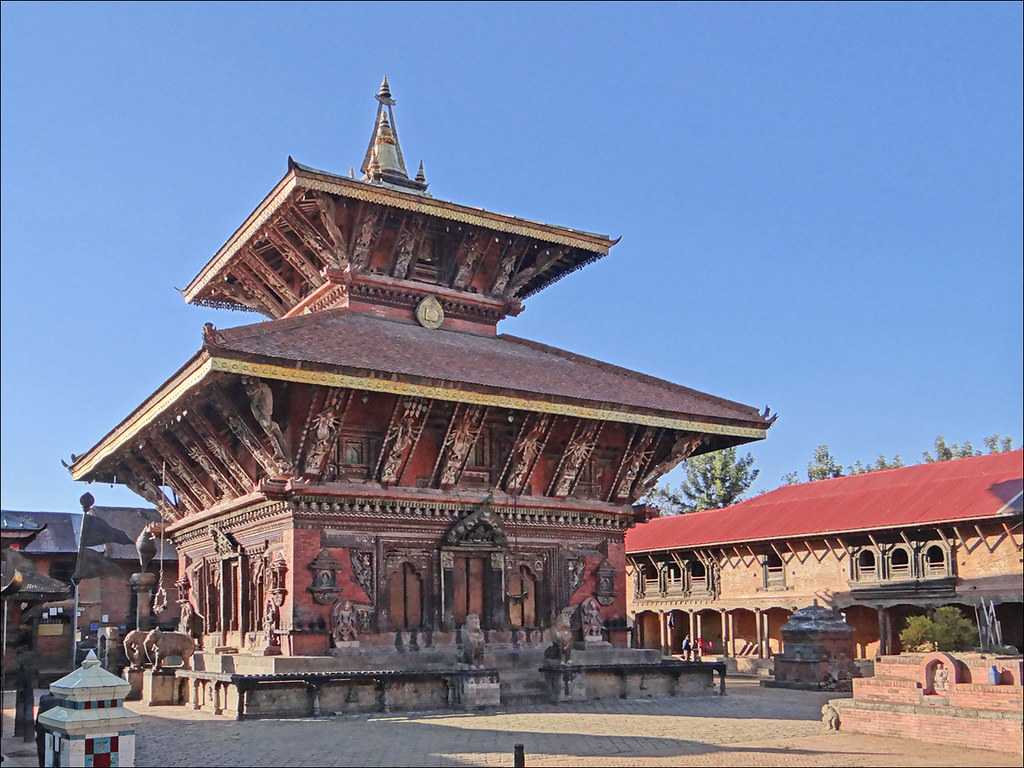
Visiting these historical places in Kathmandu gives you a complete cultural immersion—whether it’s the spirituality of Pashupatinath, the artistry of Patan, or the peaceful aura of Boudhanath. For travelers seeking deeper insights, hiring a local Nepal trekking guide or cultural guide enhances the experience with storytelling, hidden legends, and insider knowledge.
Best Time to Visit Historical Places in Kathmandu
Kathmandu, with its timeless temples, royal palaces, and sacred monuments, is a year-round destination. However, the best time to visit historical places in Kathmandu depends on the weather, festivals, and the kind of experience you seek.
Spring (March to May) – The Most Pleasant Season
Spring is one of the most popular times to explore Kathmandu’s heritage sites. The weather is warm, skies are clear, and flowers bloom beautifully, adding color to ancient courtyards and temples. Major festivals like Holi and Nepalese New Year also take place during this season, offering a lively cultural experience.
-
Temperature: 16°C – 27°C
-
Why Visit: Pleasant climate, vibrant atmosphere, great for sightseeing and photography.
Autumn (September to November) – Peak Tourist Season
Autumn is widely considered the best season to visit Kathmandu. The air is crisp, skies are clear after the monsoon, and the valley looks greener and fresher. This season coincides with Nepal’s biggest festivals like Dashain and Tihar, when temples and squares are decorated with lights, flowers, and traditional rituals.
-
Temperature: 15°C – 25°C
-
Why Visit: Cultural richness, festive vibes, perfect weather for walking tours.
Winter (December to February) – A Quiet & Peaceful Time
Winter brings cool mornings and evenings, but daytime remains sunny and comfortable for exploring historical sites. While higher Himalayan treks may be challenging, Kathmandu’s valley stays accessible. The thinner crowds make it easier to enjoy places like Patan Durbar Square or Boudhanath Stupa at a slower pace.
-
Temperature: 4°C – 18°C
-
Why Visit: Fewer tourists, peaceful ambiance, ideal for cultural exploration.
Monsoon (June to August) – For Rain Lovers & Cultural Explorers
The monsoon season brings heavy rainfall, lush greenery, and dramatic skies. While outdoor sightseeing may be hampered by rain showers, this is also the season of unique cultural experiences like Rato Machhindranath Jatra. If you don’t mind occasional rains, you’ll enjoy fewer crowds and a different side of Kathmandu.
-
Temperature: 18°C – 29°C
-
Why Visit: Cultural festivals, lush surroundings, quieter heritage sites.
The best time to visit historical places in Kathmandu is during spring (March–May) and autumn (September–November), when the weather is ideal, skies are clear, and festivals bring the city’s heritage to life. However, each season offers its own charm, so history lovers can plan their trip according to personal preferences.
Tips for Exploring Kathmandu’s Heritage
Exploring the historical places in Kathmandu is like walking through a living museum. The city’s UNESCO World Heritage Sites, ancient temples, royal palaces, and bustling squares are rich in culture and history, but navigating them effectively requires some insider knowledge. Here are practical tips from Nepal Treks and Tour to help you make the most of your visit:
1. Start Early in the Morning
Historical sites like Pashupatinath Temple, Boudhanath Stupa, or Kathmandu Durbar Square are best experienced early in the day when crowds are thin, the air is cooler, and rituals are actively performed. Early mornings also offer the best light for photography.
3. Respect Local Customs & Dress Modestly
Temples and monasteries are sacred spaces. Always remove shoes before entering shrines, dress modestly (covering shoulders and knees), and avoid disruptive behavior. Respecting traditions will help you connect deeply with the local culture.
4. Carry Cash for Entrance Fees
Many sites, including Patan Durbar Square and Bhaktapur Durbar Square, have entry fees for international visitors. Carry Nepali rupees in small denominations, as card facilities may not always be available.
5. Plan Around Festivals
Kathmandu’s heritage comes alive during festivals like Indra Jatra, Dashain, Tihar, and Maha Shivaratri. If your trip coincides with these events, you’ll witness age-old rituals, vibrant decorations, and traditional dances performed at heritage squares and temples.
6. Use a Heritage Map or Guided Walking Tour
The city’s historic core—Thamel, Asan, Basantapur, and surrounding squares—can feel like a maze. A Kathmandu heritage map or guided walking tour helps you cover sites systematically without missing hidden gems like Kumari Ghar or Itumbahal courtyard.
7. Stay Hydrated & Take Breaks
Kathmandu sits at an altitude of 1,400 meters. While it’s not high enough to cause altitude sickness, walking around heritage zones can be tiring. Carry a refillable water bottle and rest at traditional tea shops or rooftop cafés overlooking the temples.
8. Combine Heritage with Local Cuisine
Don’t just admire the monuments—pair your exploration with food experiences. Try Newari cuisine in Bhaktapur, enjoy momos and sel roti in Patan, or sip butter tea near Boudhanath. Food and culture go hand in hand in Kathmandu.
9. Practice Responsible Tourism
Avoid littering, refrain from touching fragile artifacts, and respect photography rules (some temples restrict photos inside sanctuaries). Supporting local artisans by purchasing authentic handicrafts also helps preserve Kathmandu’s cultural legacy.
10. Travel with a Reputed Operator
Booking with a trusted company like Nepal Treks and Tour ensures safe transportation, knowledgeable guides, and well-structured itineraries that balance sightseeing with meaningful experiences.
Exploring Kathmandu’s heritage is not just about seeing monuments—it’s about immersing yourself in centuries-old traditions, festivals, food, and everyday life that thrives around these sites. With the right planning, respect, and guidance, every corner of Kathmandu becomes a history lesson in motion.
Top Historical Places in Kathmandu – FAQs
Q: What are the top historical places to visit in Kathmandu?
A: Some of the most famous historical places in Kathmandu include Kathmandu Durbar Square, Patan Durbar Square, Bhaktapur Durbar Square, Swayambhunath Stupa (Monkey Temple), Boudhanath Stupa, Pashupatinath Temple, and Kumari Ghar (Living Goddess Temple). Each site reflects Nepal’s unique history, art, and culture.
Q: Why should I visit historical places in Kathmandu?
A: Visiting these sites allows you to step back in time and witness the architectural brilliance, spiritual traditions, and cultural heritage that shaped Nepal. From royal palaces and ancient courtyards to sacred temples and stupas, these landmarks provide an authentic connection to the country’s past.
Q: Do I need tickets to enter historical sites in Kathmandu?
A: Yes. Most UNESCO World Heritage Sites, like Patan Durbar Square and Bhaktapur Durbar Square, charge an entry fee for international visitors. The fees contribute to the preservation and restoration of these heritage sites. Carry Nepali rupees in cash, as card facilities may not always be available.
Q: What is the best time to visit Kathmandu’s heritage sites?
A: The best time to visit historical places in Kathmandu is during spring (March–May) and autumn (September–November), when the weather is pleasant, skies are clear, and cultural festivals bring the city to life. However, winter offers fewer crowds, while monsoon showcases lush greenery and vibrant rituals.
Q: How much time should I spend at each heritage site?
A:
-
Durbar Squares: 2–3 hours each (Kathmandu, Patan, Bhaktapur).
-
Swayambhunath Stupa: 1–2 hours (especially for sunrise or sunset views).
-
Boudhanath Stupa: 2 hours (including walking the kora and enjoying local cafés).
-
Pashupatinath Temple: 2–3 hours (especially during evening aarti).
If you plan carefully, you can cover 3–4 major sites in a single day.
Q: Are guides available at the heritage sites?
A: Yes. Licensed local guides are available at most major sites. They provide deeper insights into the history, legends, and symbolism behind temples, statues, and rituals. Booking through a trusted operator like Nepal Treks and Tour ensures knowledgeable and reliable guides.
Q: What should I wear while visiting temples and monasteries?
A: Dress modestly, covering your shoulders and knees. Comfortable walking shoes are recommended, as many sites involve cobbled paths and stairways. Always remove shoes before entering temple courtyards and shrines.
Q: Are Kathmandu’s heritage sites family-friendly?
A: Yes. Most sites are family-friendly, and children enjoy the open courtyards, vibrant rituals, and street food around heritage areas. However, parents should keep a close watch in crowded squares and temple areas.
Q: Can I take photos at Kathmandu’s historical places?
A: Photography is allowed at most sites, especially in open courtyards and squares. However, some temples, including Pashupatinath’s inner sanctum, restrict photography. Always check local rules and be respectful when photographing religious ceremonies.
Q: Which festivals are best for experiencing heritage sites in Kathmandu?
A:
-
Indra Jatra – Celebrated in Kathmandu Durbar Square with masked dances and chariot processions.
-
Maha Shivaratri – Major festival at Pashupatinath Temple.
-
Buddha Jayanti – Grand celebrations at Swayambhunath and Boudhanath.
-
Dashain & Tihar – Nepal’s biggest festivals, celebrated across Durbar Squares.
If you need any further information, please feel free to contact us via email at [email protected] or by phone/WhatsApp at +977-9851013072.
